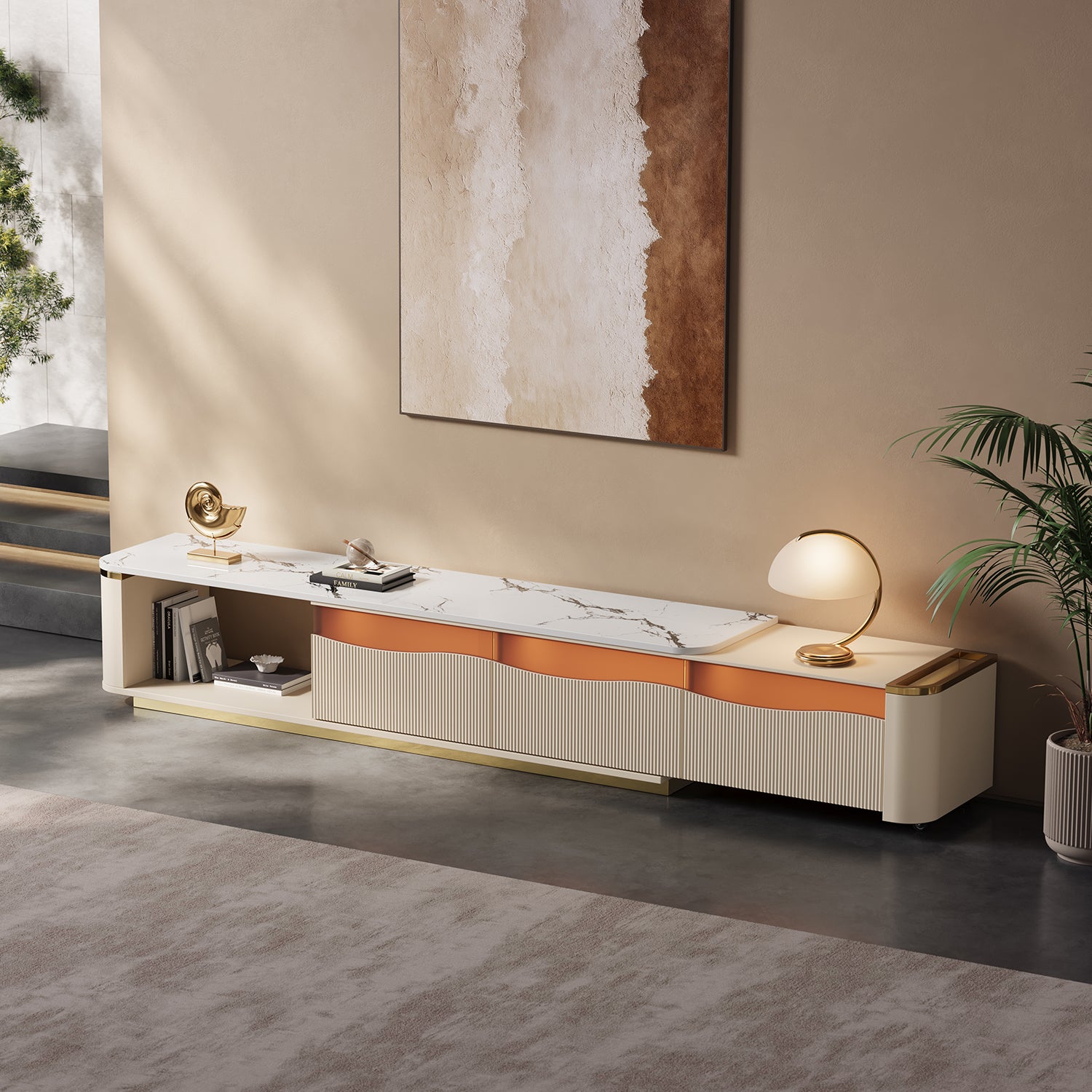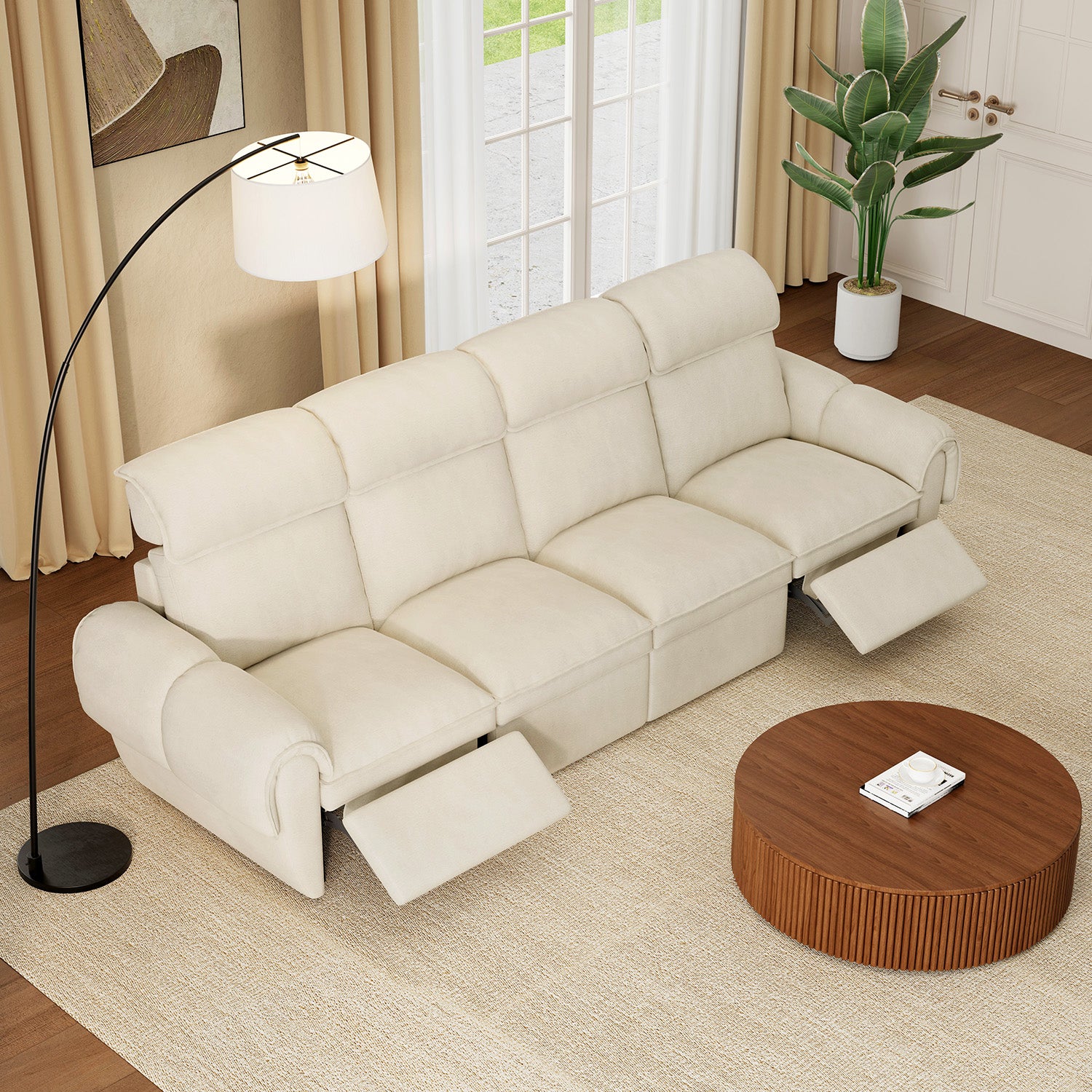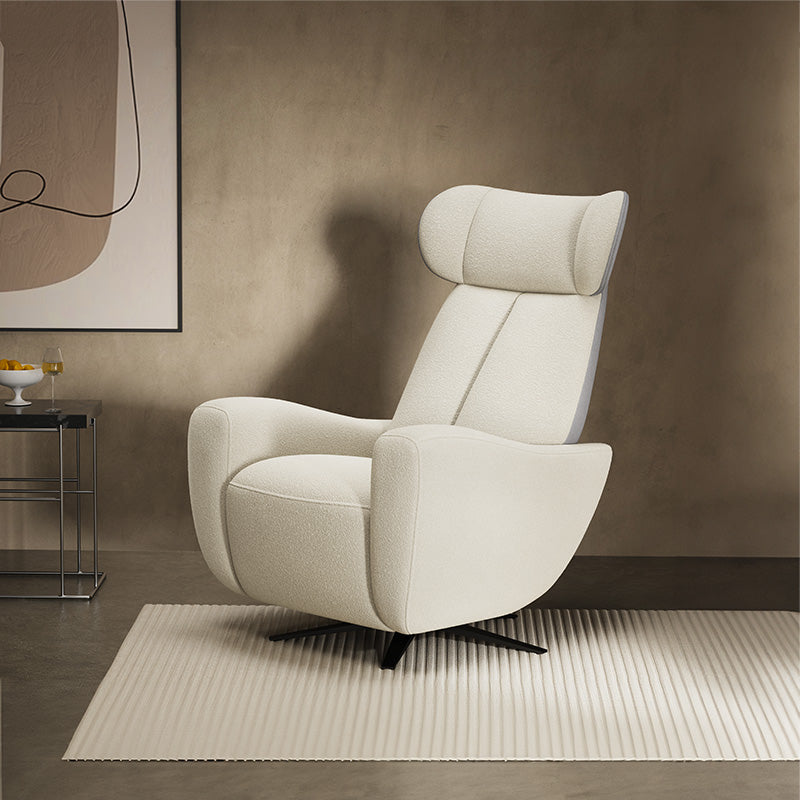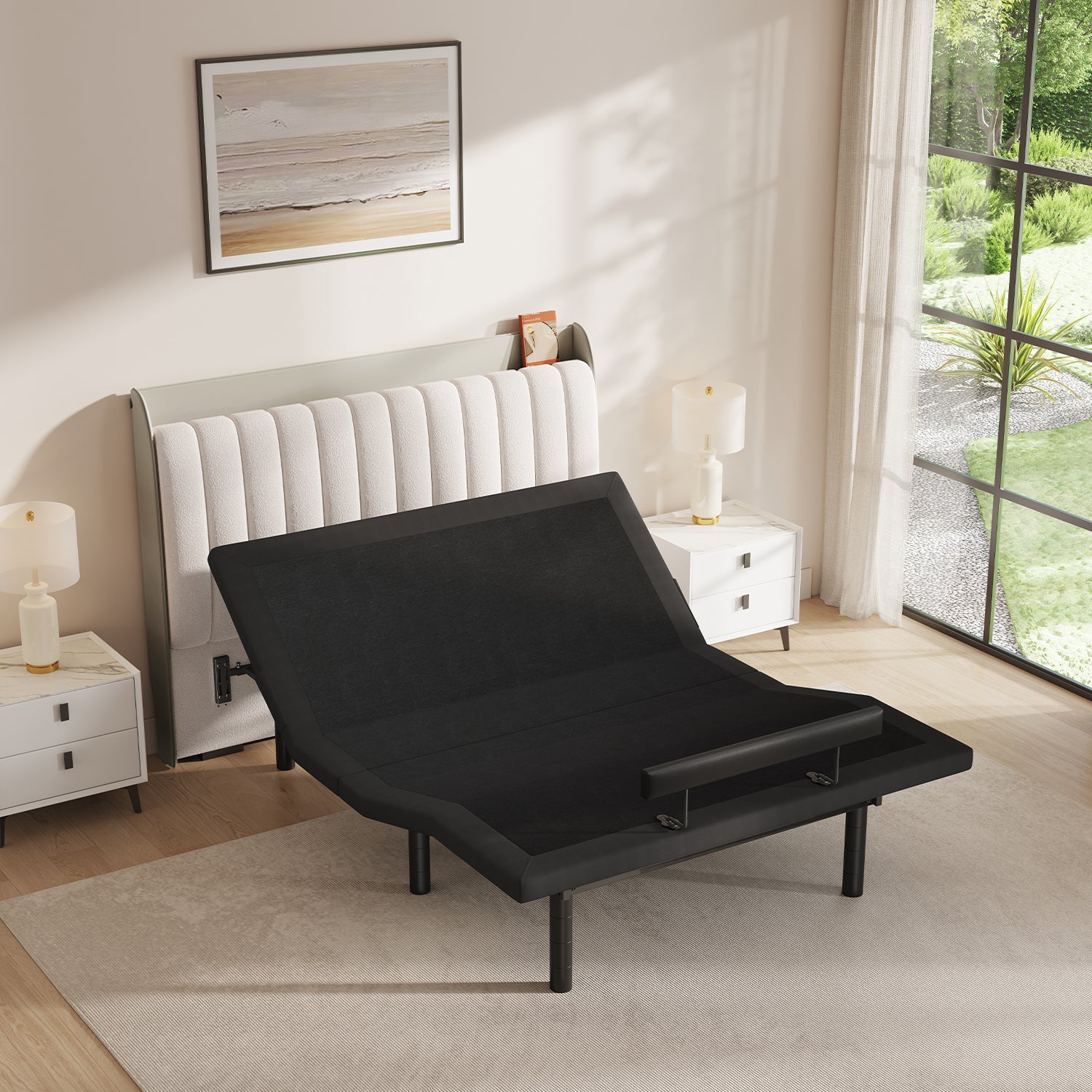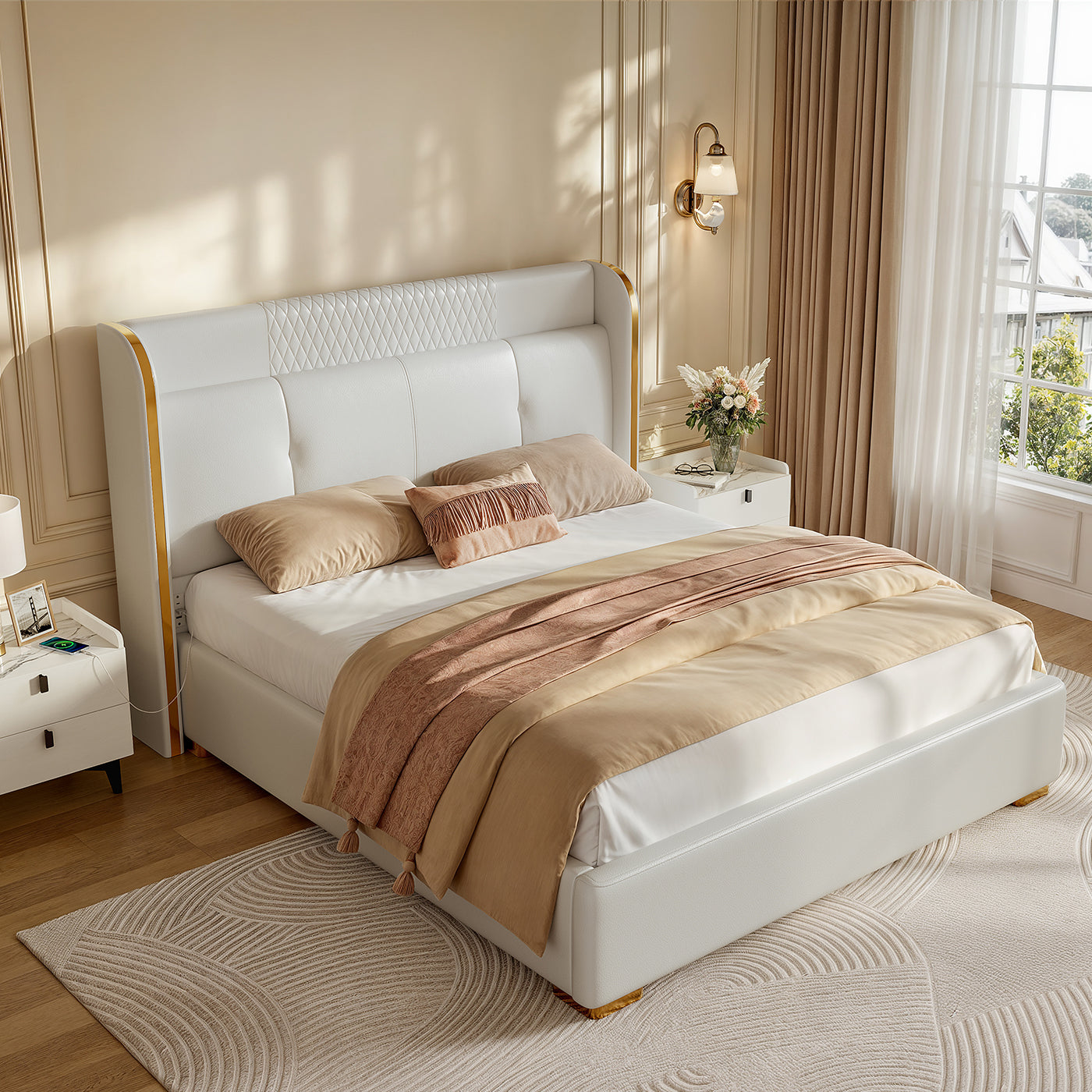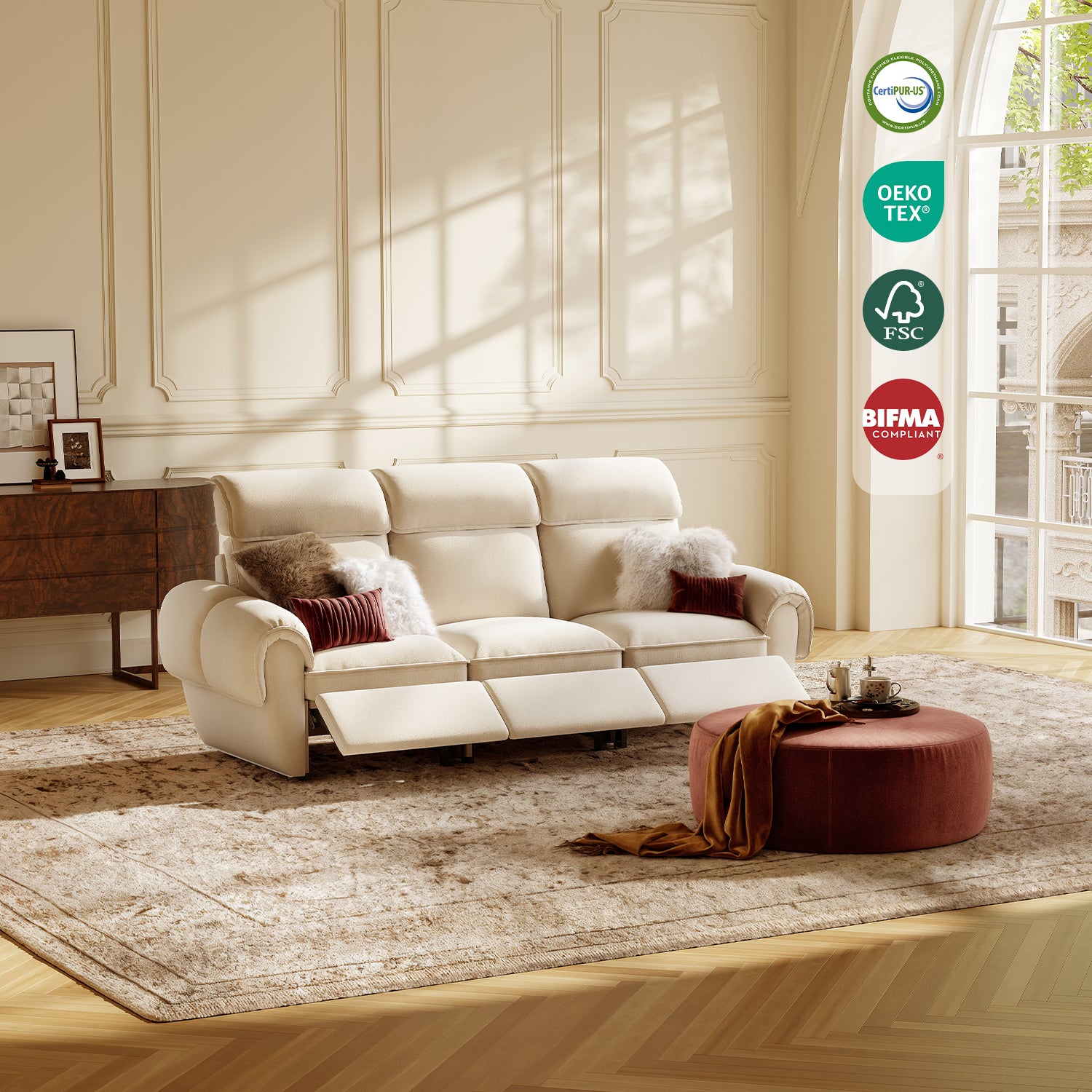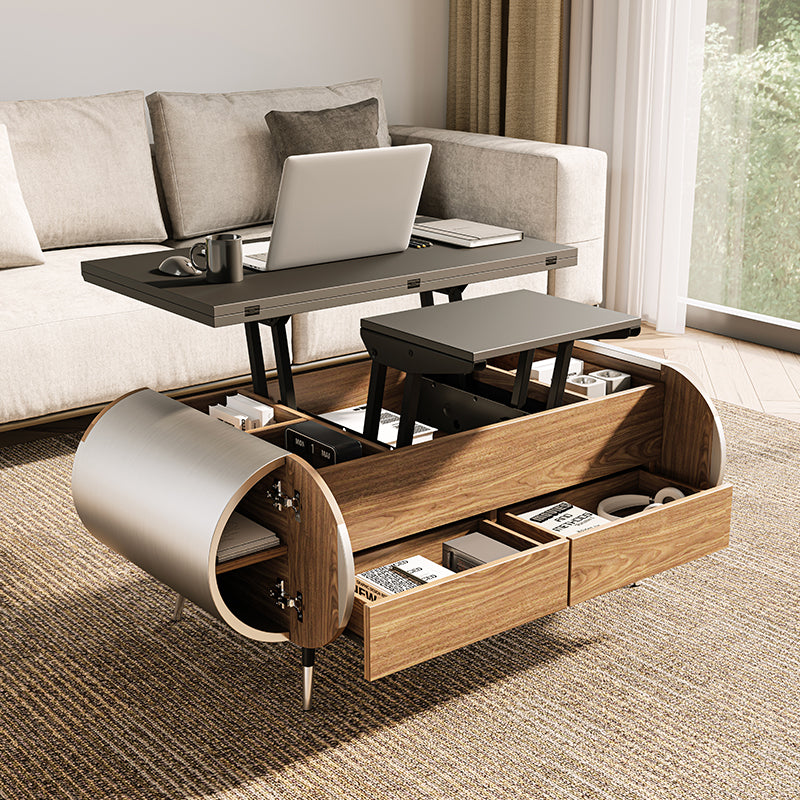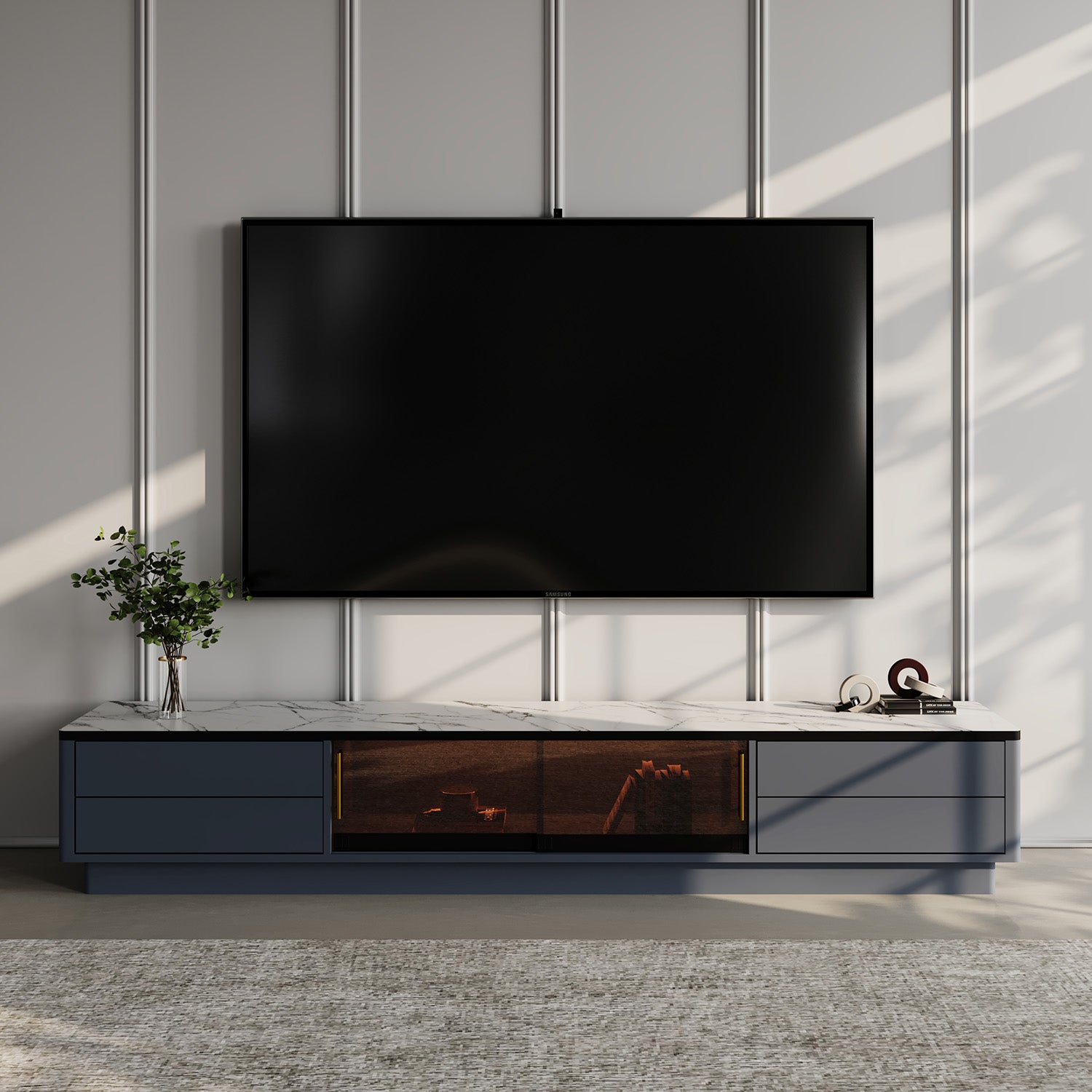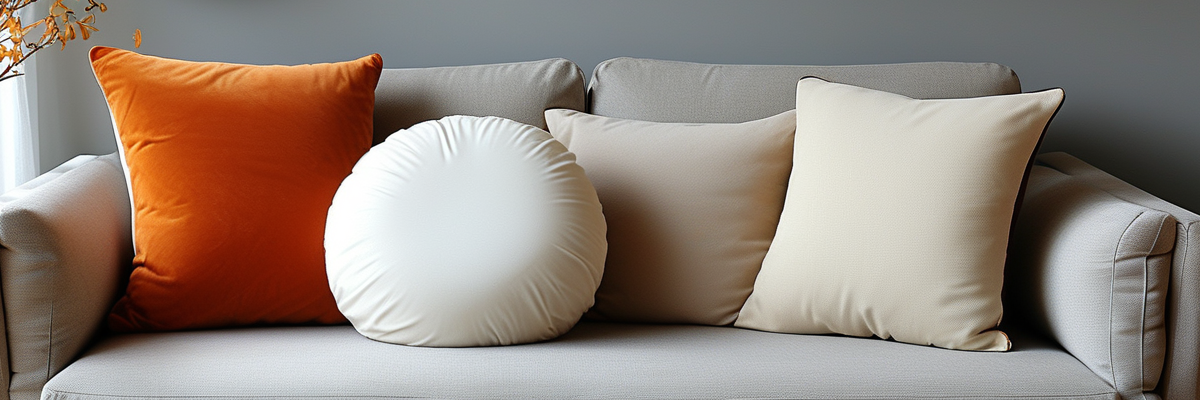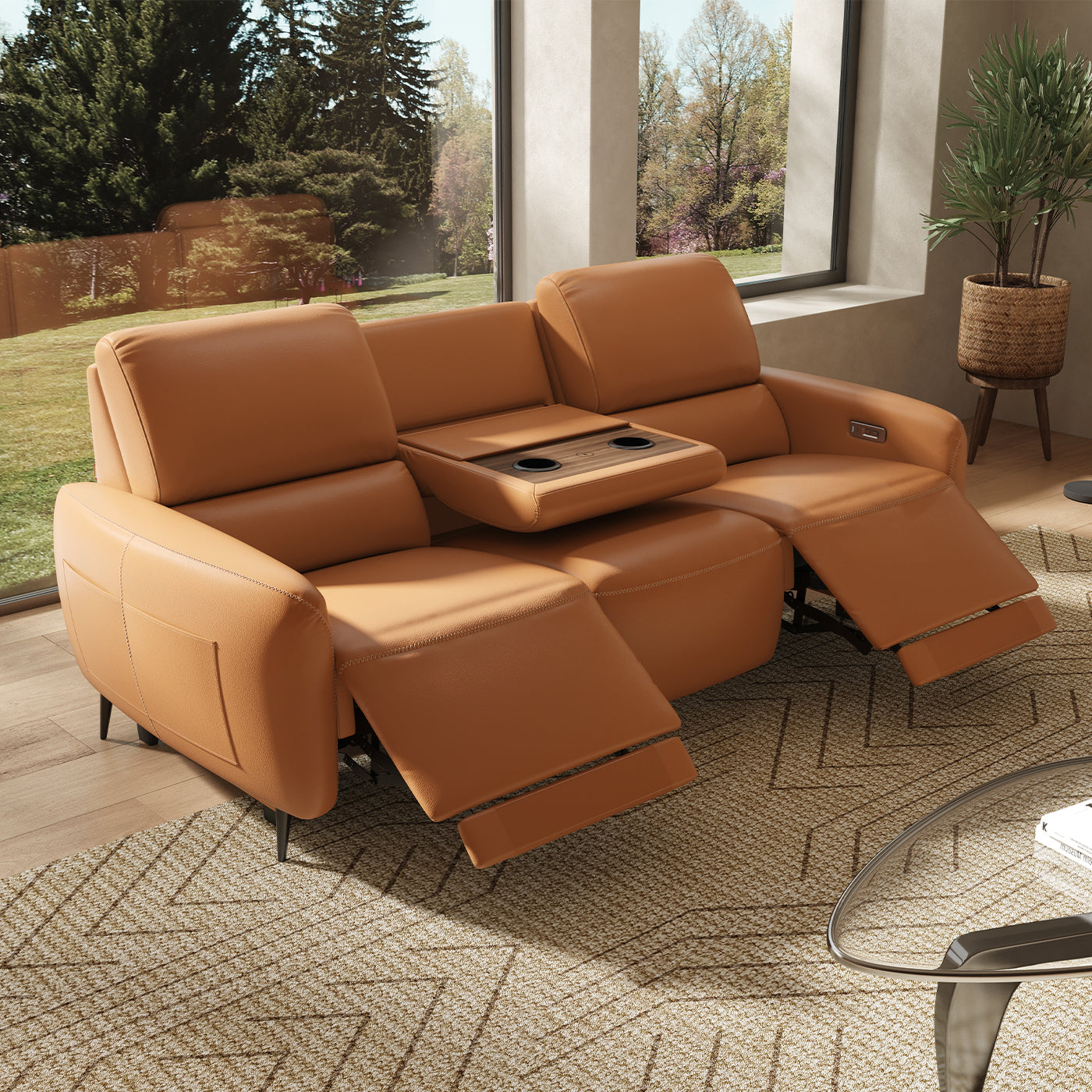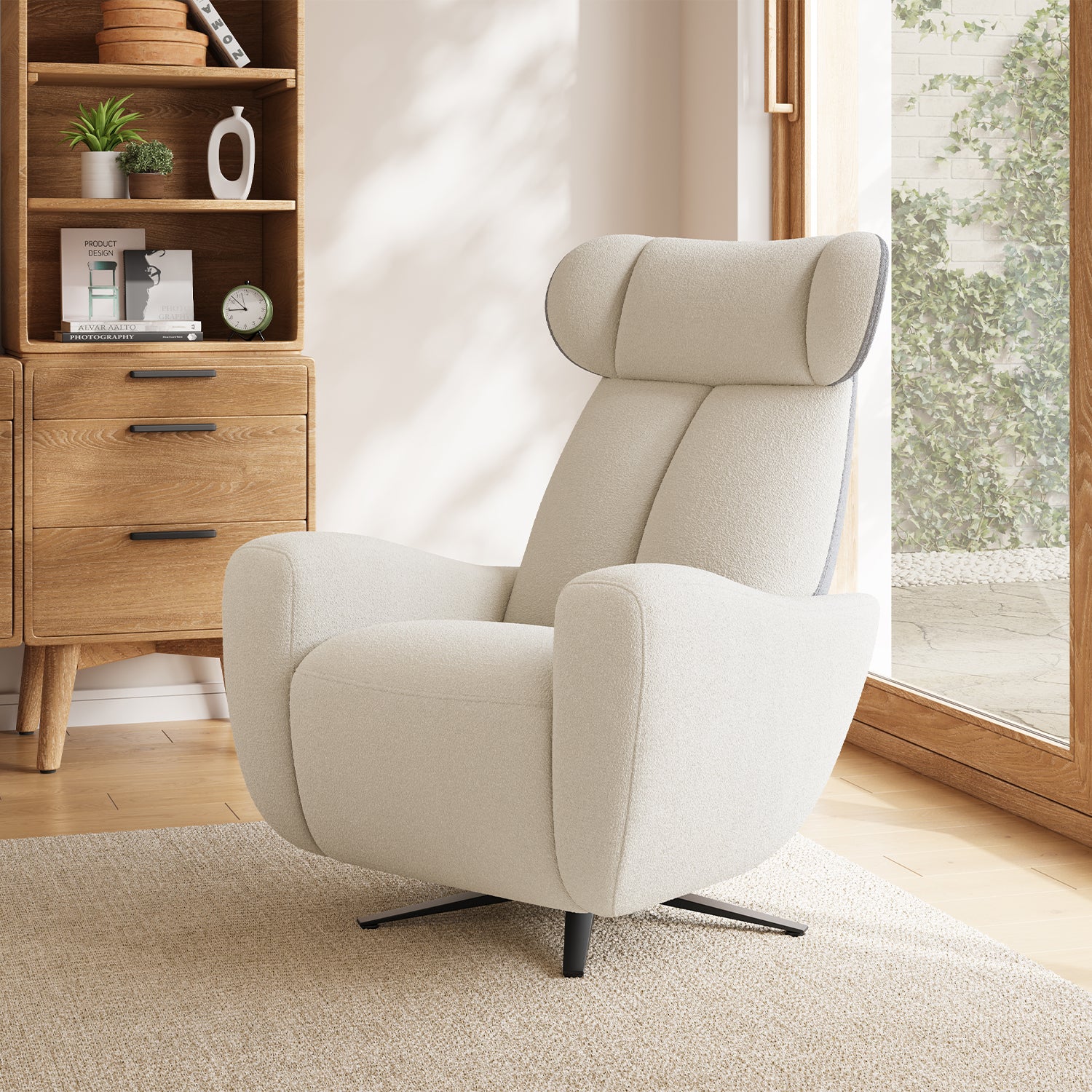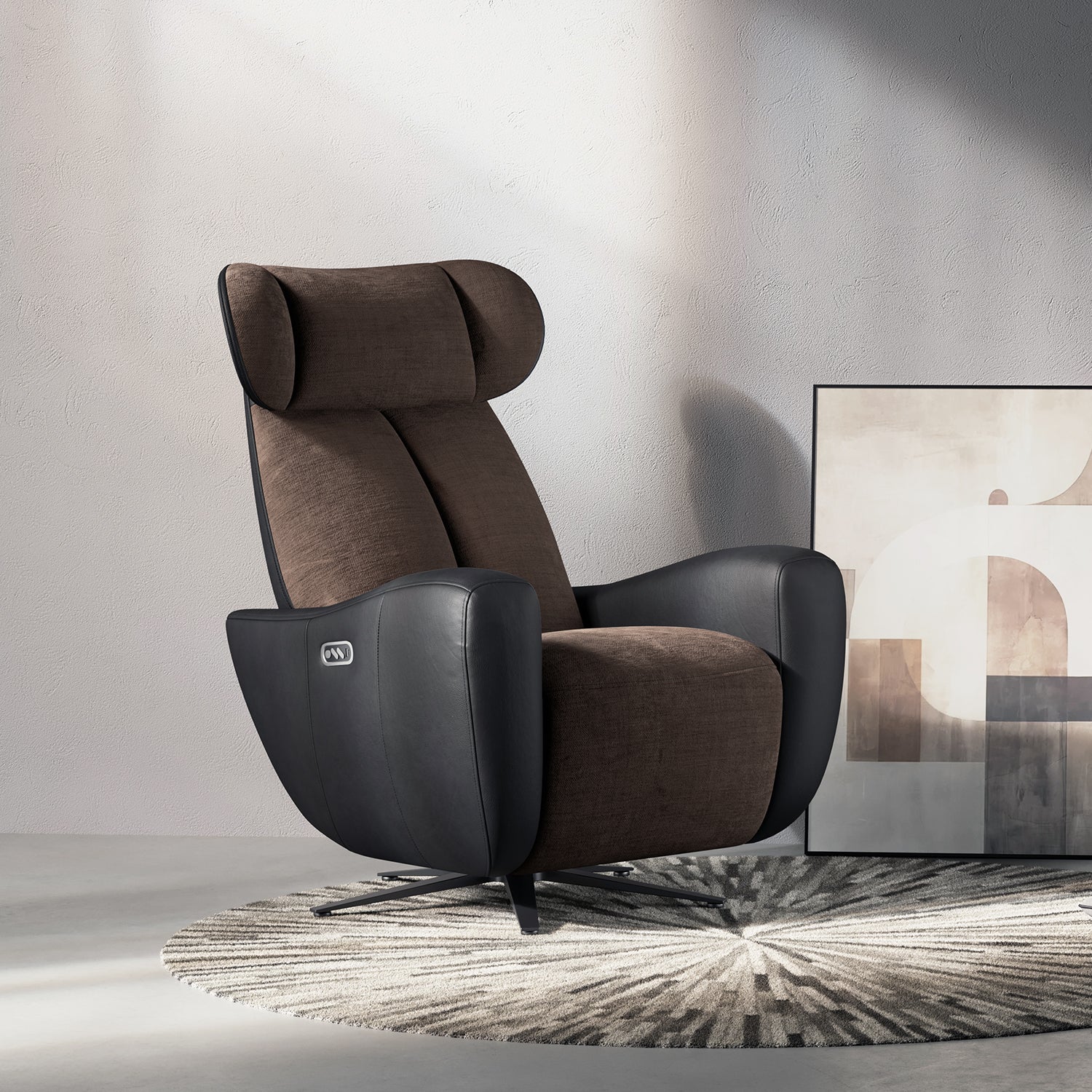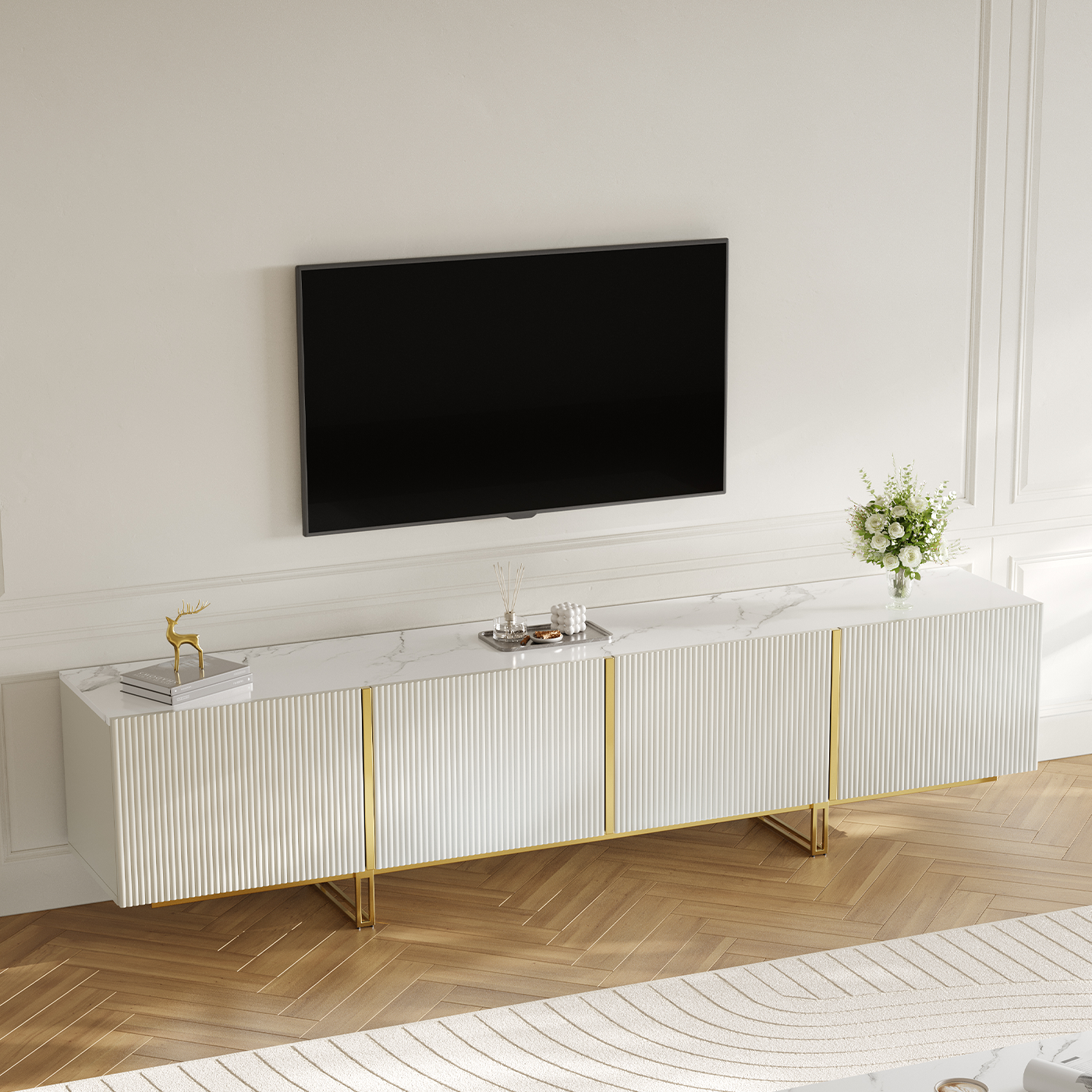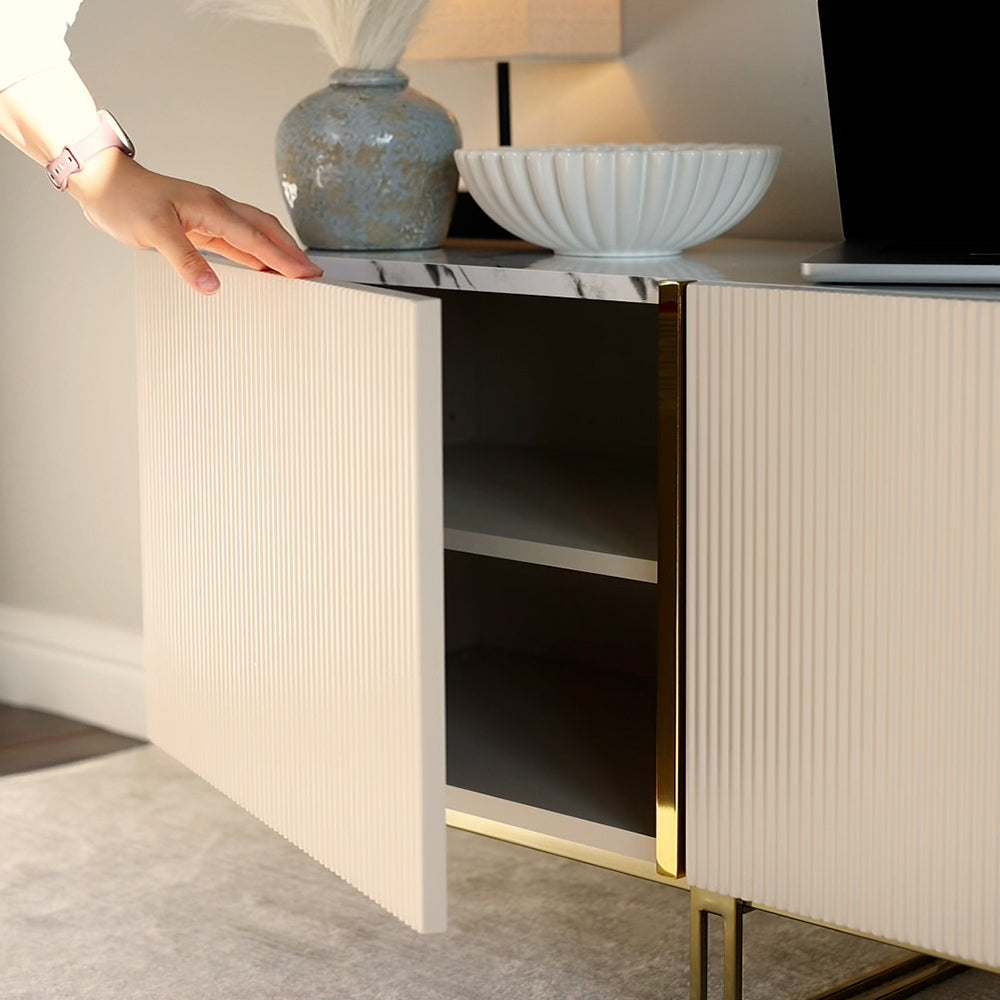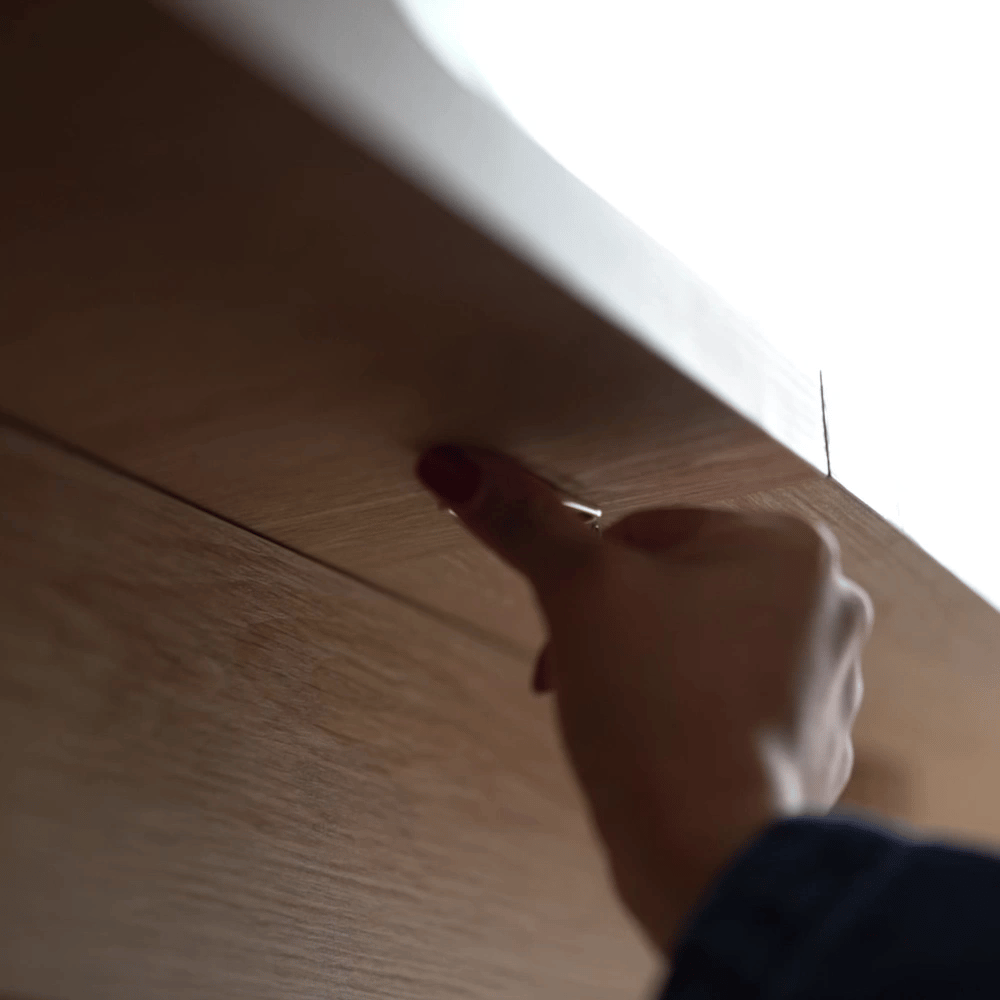Leather couches have an undeniable allure that effortlessly elevates the ambiance of any living room. They are more than just seating; they're a statement of sophistication, a touch of luxury that invites relaxation and conversation. But as you sink into the plush cushions of your new leather couch, a thought inevitably creeps in: how long will this beauty remain by your side, retaining its charm and functionality?
Table of Content
The lifespan of a leather couch is a mystery that hinges on a delicate balance of multiple factors. It's a journey that traverses the quality of the leather hide, the daily wear and tear inflicted by the hustle and bustle of family life, the environmental conditions it endures, and the care it receives. Understanding these elements isn't just about preserving an investment; it's about safeguarding a cherished part of your home. So, let's unravel the secrets that determine just how many years of comfort and elegance your leather couch can offer, ensuring it remains a beloved fixture for countless memories to come.
1. Quality of Leather: The Foundation of Longevity

The type and quality of leather used in manufacturing a couch are perhaps the most significant determinants of its lifespan. Full-grain leather, considered the crème de la crème, is sourced from the top layer of the hide. It retains the natural grain and markings, providing not only a rich aesthetic but also remarkable durability. With proper care, a full-grain leather couch can last anywhere from 15 to 25 years or even more. Its thick and robust nature resists wear and tear, and over time, it develops a beautiful patina that adds character.
On the other hand, top-grain leather, which has been sanded and buffed to remove some imperfections, is still of high quality but slightly less durable than its full-grain counterpart. Expect a top-grain leather couch to serve you well for 10 to 15 years. It offers a balance between cost and longevity, making it a popular choice for those seeking a touch of luxury without breaking the bank.
Bonded leather, a more affordable option made from leather scraps bonded together with adhesives, has a considerably shorter lifespan. Usually, it may start showing signs of significant wear within 3 to 5 years. The adhesive can break down over time, leading to peeling and cracking, which is why it's crucial to be aware of what you're investing in.
2. Usage and Environment: Daily Wear and Tear
How a leather couch is used and the environment it's placed in play a pivotal role in its durability. In a bustling household with kids, pets, and frequent entertaining, the couch will endure more stress. Kids jumping on the couch, pets scratching or shedding, and spills from food and drinks can all take a toll. In such high-traffic situations, even a high-quality leather couch might experience some wear sooner than in a quieter, adult-only home.
The environmental conditions also matter. Direct sunlight is a leather couch's nemesis. Prolonged exposure can cause the leather to fade, dry out, and become brittle, reducing its lifespan by several years. Ideally, place your couch away from windows that receive intense sunlight or use blinds and curtains to protect it. Humidity levels are another factor. Excessively damp or dry environments can both damage leather. In humid conditions, mold and mildew can grow, while in dry air, the leather can lose its moisture and crack.
3. Maintenance: The Key to Prolonging Life

Proper maintenance can significantly extend the life of a leather couch. Regular cleaning is essential. Use a soft, damp cloth to wipe away dust and dirt regularly. For deeper cleaning, invest in a quality leather cleaner and conditioner. Leather cleaners remove grime without stripping the leather's natural oils, and conditioners replenish moisture, keeping the leather supple. Aim to clean and condition your couch at least twice a year, or more frequently if it's in a heavily used area.
When spills occur, act promptly. Blot the liquid immediately with a clean, absorbent cloth to prevent it from seeping into the leather. Avoid using harsh chemicals or abrasive cleaners, as they can damage the finish. Additionally, consider using a leather protector spray when the couch is new. This forms a barrier against spills and stains, making future cleanups easier and protecting the leather from premature aging.
4. Frame and Construction: The Invisible Support
While the focus is often on the leather upholstery, the frame and construction of the couch are equally important for its longevity. A solid hardwood frame provides a sturdy foundation that can withstand years of use. Cheap, particleboard frames are prone to warping and breaking, which can cause the leather covering to sag and tear prematurely. Look for couches with kiln-dried hardwood frames and strong joinery, like mortise and tenon or dowel joints. Quality springs and cushioning also contribute to the overall durability. Well-made springs maintain their bounce, ensuring comfortable seating for years, while high-density foam cushions resist flattening.
5. Conclusion
In conclusion, the lifespan of a leather couch can vary widely depending on multiple factors. By investing in a high-quality leather piece, being mindful of its usage and environment, maintaining it diligently, and ensuring a robust frame and construction, you can enjoy the comfort and elegance of your leather couch for many years. So, whether you're a homeowner looking to make a long-term furniture investment or a retailer guiding customers, understanding these aspects is key to unlocking the full potential of a leather couch's lifespan.
If you want to buy our home furniture or couch for living room, you can check out more on our store


